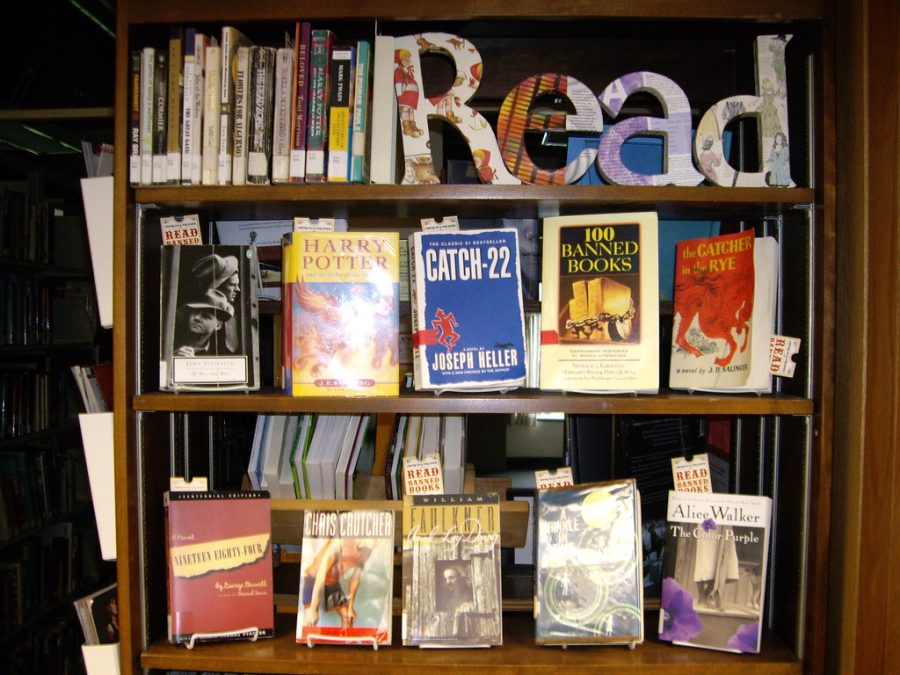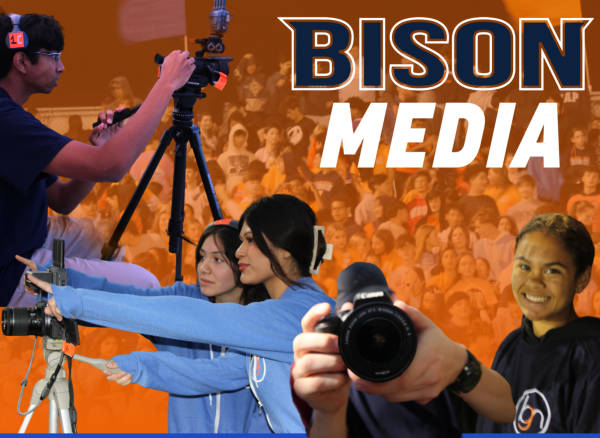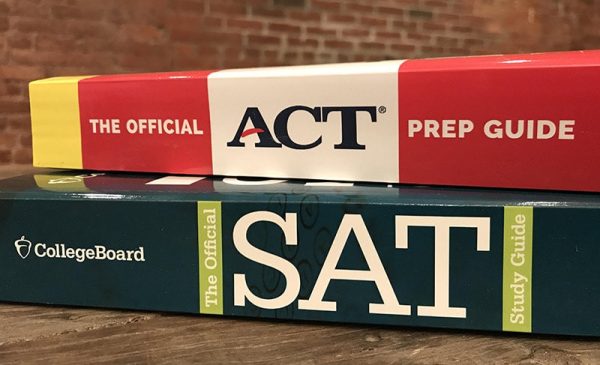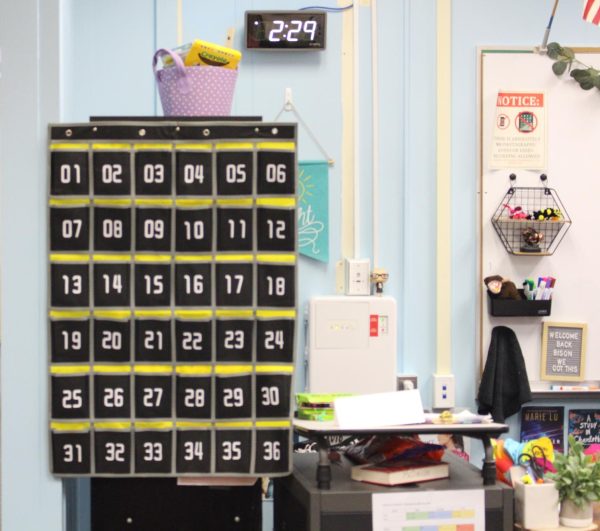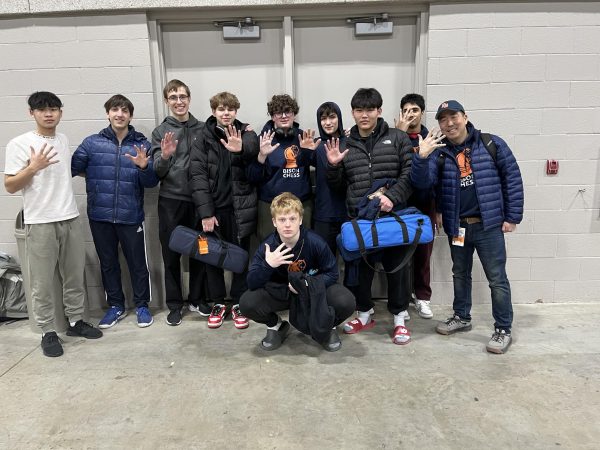Book bans raise questions about diversity and inclusion
On Jan. 10th a school board in Tennessee unanimously banned the graphic novel “Maus,” created by Art Spigelman. “Maus”, which originally debuted on shelves in 1986 depicts scenes from the Holocaust using mice to protray the story. The reason given for the banning was due to the fact that the board thought it was too inappropriate to be taught.
“There is some rough, objectionable language in this book,” Lee Parkison, the director of schools for McMinn County said in an article tilted ‘School Board in Tennesee Bans the Teaching of Holocaust Novel Maus.’
However, this is certainly not the first time schools have questioned certain books that were intended to be used for curriculum in classrooms. According to the Banned Books Week website, the most popular banned books from the past year were titles like “Stamped: Racism, Antiracism, and You,” by Ibram X. Kendi and Jason Reynolds and “Something Happened in Our Town: A Child’s Story About Racial Injustice,” by Marianne Celano, Marietta Collins and Ann Hazzard.
“It seems like many books that are banned depict the experiences of BIPOC, LGBTQ+ people,” sophomore Emily Hanson said. “Banned books usually center on people who have been or are still oppressed.”
Some adults advocating for these bans state a desire to shield students from uncomfortable subjects and materials. On the other hand, some people believe that banning books is censoring young readers. They believe that everyone should be able to read whatever they want to without restricting differing opinions and voices. One way to access diverse selections is to utilize local and school libraries.
“Librarians are trained professionals, and collection development is one topic we definitely study formally and informally. We use a variety of resources to select our books including magazines published by the American Library Association (ALA),” Library Media Specialist, Kim Miklusak said. “We also have local groups, in the district, in the region, and nationally, where librarians share upcoming titles and other questions.”
There are a few ways we can help the authors who have experienced people challenging their titles. One of the ways is to make an effort to highlight and seek books by marginalized people that might have been targeted by certain cancellations.
“We want to make sure our entire BG population is represented and also share backgrounds from which our students and staff may not identify,” Miklusak said. “We have displays for specific months such as Black History Month or Asian American and Pacific Islander Heritage Month, and we also highlight books during book talks and on a display case called “Shelfies,” which include student-selected books sponsored by different clubs and activities.”
Authors have even started to fight back when it comes to the banning of their books. From writing articles and open letters to going public to combat the larger issues involved. Young adult author Geroge M Johnson has addressed specific school board members on social media and has worked to bring national media attention to the topic.
“I really have to get into activist-type mode because they pretty much have formed this major coalition across the country [and] strategy on how they’re going to attack our books,” Johnson said in an article entitled, “George M. Johnson wants you to know book bans are bigger than books”. “And if we don’t freak out they’ll be able to do it.”
Including independent reading and robust classroom libraries in English classrooms is another way that teachers have been advocating for diversity in reading selection. Allowing students time to read about a topic that interests them has been a way to boost enthusiasm towards learning more about specific and relevant issues.
Some students, like Hanson, have taken advantage of independent reading, since it has become a welcomed routine for choice. According to Hanson it has allowed her a window into a variety of different places and the lives of people different from her.
“I love books, so naturally I think independent reading time is great,” Hanson said.

